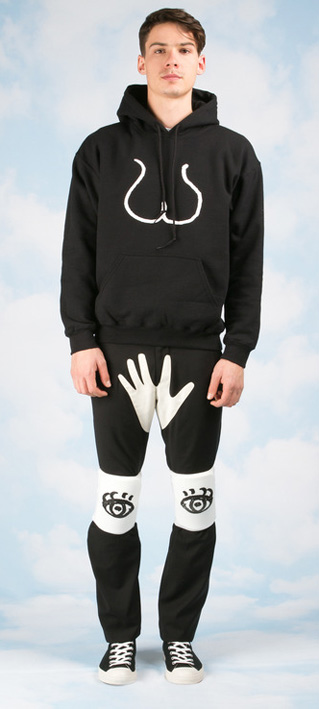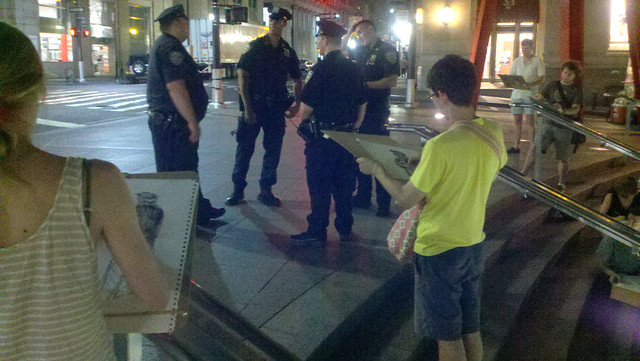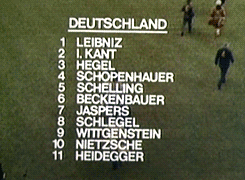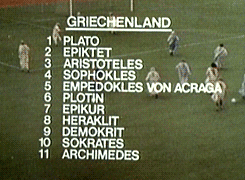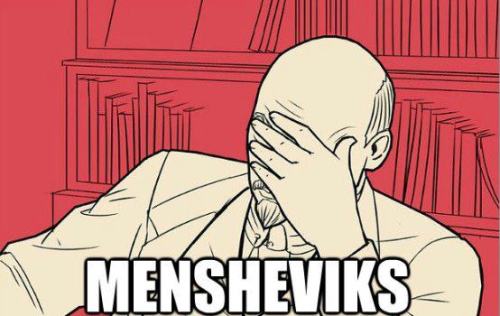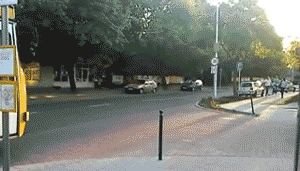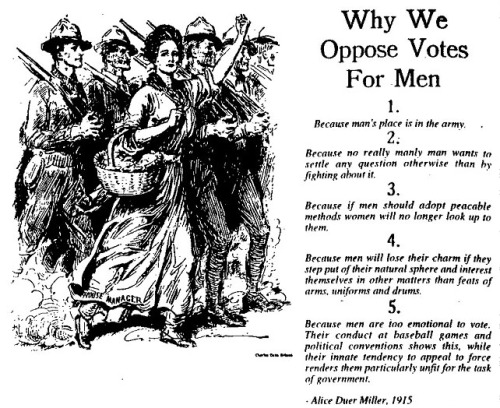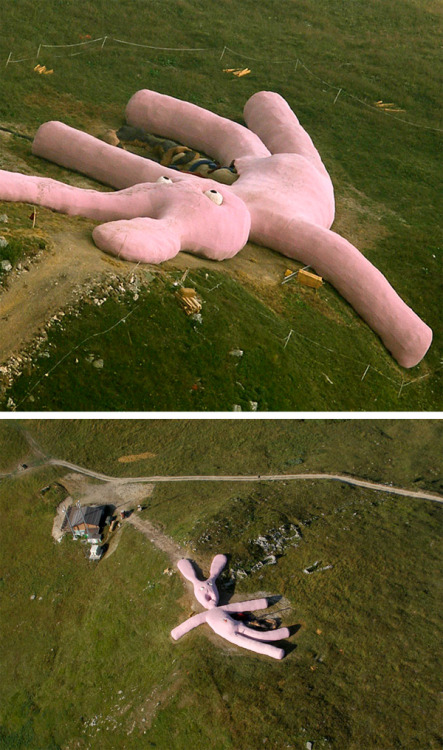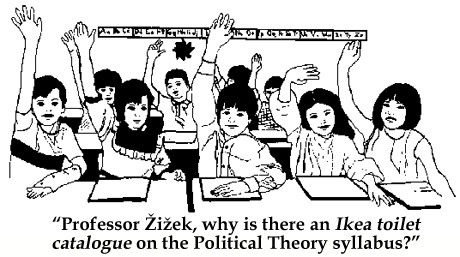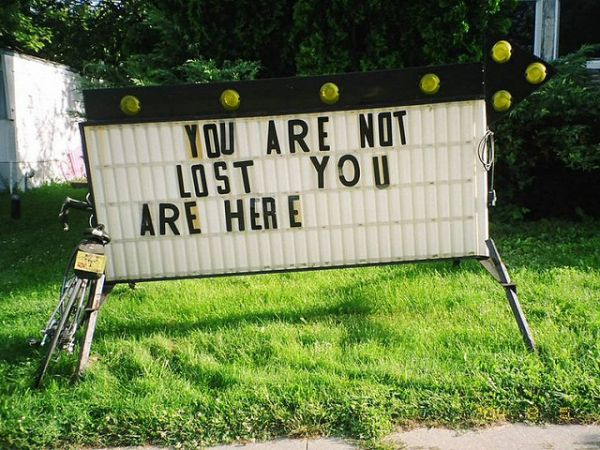Annie McClanahan wrote:
Because the state is so incredibly powerful, any student debt mass
default/debt strike movement would have to set up really powerful
structures for mutual aid. That's why I find the Student Debtor's Pledge
(http://www.occupystudentdebtcampaign.org/student-pledge/) in which
signers pledge to default once 1 million others have similarly promised
a much more powerful organizing model than the Rolling Jubilee (which
uses a philanthropic system to collectively buy back non-secured loans,
anonymously, but in no way threatens the debt system as a whole
I agree with the above, signed the plege almost a year ago (as adjunct
faculty) and began researching about student debt, writing about it and
talking about it publicly whenever possible. However, the sobering thing
is that to date, only some 4,500 debtors have signed that pledge, and
only some 600 faculty. Like Annie, I doubt the moral argument is the
decisive one that stops people from taking action. The stronger forces
appear to be fear of the legal system and simple apathy, or the sense
that one has no agency whatsoever to effect change. Perhaps a third
force is self-interest, since the expansion of the university system
from the 1970s up to 2008 was predicated (without anybody ever talking
about it) on each university's capacity to draw in the revenue stream of
student debt. And it's still going on.
How can crippling debt become an issue on campus, given that the
students have yet to be affected by it, while the faculty are actually
paid with student debt? How to break the status quo of isolation and
corruption? What can we do to transform the basis of social solidarity
that Annie talks about in her post?
One of the things that always interested me was how the rebellious
students of the 1960s were reintegrated to the capitalist system after a
decade of deep disaffection. In the late 1990s, the rhetorical
mechanisms of this reintegration were demonstrated in books like "The
Conquest of Cool" by Thomas Frank or (with a more extensive sociological
apparatus) "The New Spirit of Capitalism" by Boltanski and Chiapello.
The basic idea was that changes in marketing and management styles had
put to rest the alienation experienced by young cadres in the 1960s and
70s, to the point where we were living in a new kind of networked dream
world (a new ideology). Demonstrating this in detail seemed like a
breakthrough at the time. Yet the magnitude of the current problem makes
that work appear totally inadequate.
In fact the crisis of the 1970s, and the threat it posed to capitalism
as a whole, was overcome through a tremendous expansion of middle-class
status, representing not merely an ideological but also an economic
cooptation of those who were needed to manage the major social
transformations that we call globalization. From the 70s onwards the
core functions of governance became Trilateral (US-Western Europe-Japan)
and a transnational capitalist class gradually emerged (as described by
Leslie Sklair or William Robinson). The 1990s and especially the 2000s
were marked by the urban phenomenon of megagentrification, or the
construction of giant new metropolitan centers to serve this new class,
whether in Asia, Eastern Europe, Latin America, or in the older core
regions. Today, the Trilateral envelope has been ruptured. State,
financial, corporate and millitary actors now have to contend with
sovereign forces across the entire planet. Members of the global middle
classes (that's us) use computer networks to contact peers across the
world, to organize business, pleasure, or occasionally, revolt. But how
did this occur? How did we get here?
Right now I'm reading "The New Depression" by Richard Duncan, who gives
a surprising answer (you can also read a long interview with him, posted
for free at newleftreview.org). According to Duncan, we got here by
shifting from capitalism to creditism. In 1968, Johnson revoked the law
requiring the US to back its currency with 25% reserves in gold. The
Bretton-Woods system then collapsed in 1971, and not only did the
world's currencies begin to float against each other, but also the US
began issuing increasing amounts of paper and electronic dollars.
Meanwhile we began importing far more than we exported. Corporations in
the producer countries, especially Japan and later China, ended up with
the excess dollars. The governments of those countries then printed more
of their own money, bought up the dollars, and invested them in US bonds
(including huge amounts of government-backed housing bonds). All this
sovereign money creation served as the basis for the issuance by private
banks of much larger amounts of credit -- and the capitalist system
expanded wildly on the basis of what Marx would have called "fictitious
capital."
The point, however, is that the fiction was effective. The endless
factories and entirely new cities that now cover the coastline of China
are there to prove it -- and on a smaller scale, you might also have a
look at the shiny new physical plant and complex corporate and
international partnerships of all the more successful universities. The
global middle classes were created and integrated to the neoliberal
version of capitalism by means of a credit bubble that has expanded
continuously since the 1970s.
Since 2007, the Federal Reserve has isued many trillions more dollars
worth of this imaginary but effective money, most recently via the QE3
program that is designed to pump out $40 billion *per month* for an
indefinite period. This is being used to go on bailing out the banks and
sovereign investors by purchasing toxic assets, especially those based
on mortgages, which account for some 40% of total US debt. The immediate
effect of quantitative easing is to reflate stock and commodity prices
(incidentally sending food prices through the roof). Over the middle
term, the aim appears to be to bring everything back to the status quo
ante. The current economic model - from wage stagnation and predatory
lending to global just-in-time production and devastating climate change
- is being propped up by the Fed with help from the EU, Japan and China.
It is as though they believed a new expansion of capitalism were
possible, that all the currently disaffected people could be brought
back into the system once again, and that we could end up with a fully
integrated global governance: the scenario of the 1980s and 90s,
reloaded at a higher power.
The other, undiscussed but in my view far more likely scenario, is one
of major breakdowns in international economic relations, resulting in
conflicts exacerbated by climate change. Something like a variation on
WWII, a rolling planetary civil war whose first act has been the Arab
Spring - arguably sparked by the historic rise in food prices in 2010.
How to make student debt a focus of struggle on college campuses? How to
challenge the reckless pursuit of creditism on the global scale? The
questions are linked. Because of the orders of complexity involved, only
the university can produce a counter-discourse to the neoliberal
creditism that currently governs our planetary society. But we know how
the university works: people just get lost in all that complexity. Only
a social movement of students, grads, adjuncts and (with more
difficulty) professors, acting in solidarity with the other debtors in
our societies, can give such a counter-discourse the force of acts, the
real power to refuse the status quo.
let's do it,
Brian
_______________________________________________
empyre forum
EMPYRE MAILING LIST

